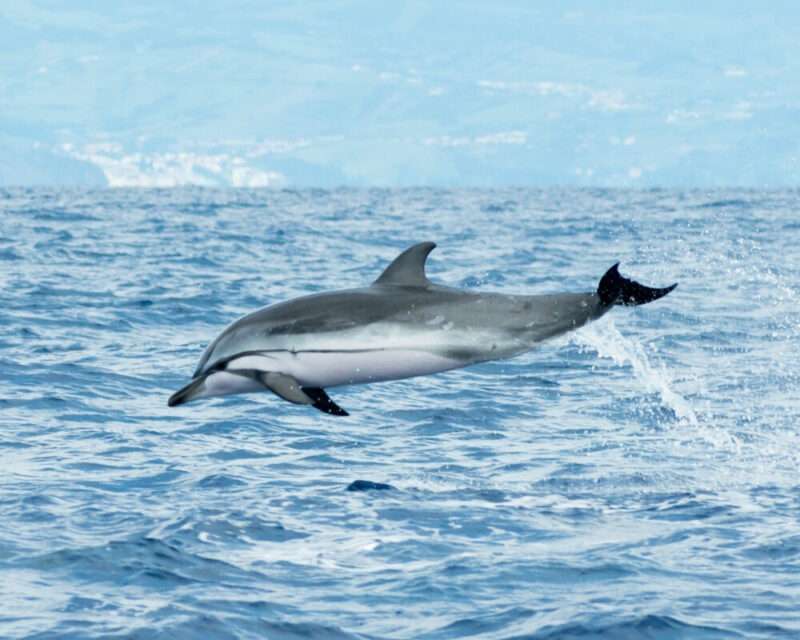Sailing areas
Depending on the day's weather, we decide on one of the 3 navigation zones, the wind and swell being decisive. The fish on which the dolphins we observe feed follow the wind and current.
Dolphins don't like to face the wind and waves, so they'll do what the fish they're chasing do - seek shelter.
There are 3 areas on Cap de Creus where we can go, so we'll choose the one that's best protected from the wind and waves.
- Zone 1 Situated on the Cap de Creus canyon, it is the ideal choice if there is no wind or waves. The canyon descends to a depth of 2,000 metres (around the canyon, the average depth is only 150 metres). It is a very rich ecosystem, with all the marine flora and fauna living there sheltered from the strong underwater currents because they are protected in the depths.
- Zone 2 Located to the north of Cap de Creus, it starts at the cape and stretches as far as Port de la Selva. This area is ideal for sailing in strong southerly winds, as it is protected by the cape. A circular current is then created and the surface fish, sardines or mackerel, which cetaceans are fond of, are found there, making this area a hunting ground for dolphins.
- Zone 3 Situated to the south of Cap de Creus, it runs from the cape to Roses. This area is ideal for sailing in strong northerly winds, such as the Tramontana, as the sailing area is protected by the cape. A circular current is then created and the surface fish, sardines or mackerel, which cetaceans are fond of, are found there, making this area a hunting ground for dolphins.

Cetaceans living in our research area
Here is a brief presentation of the animals we observe in our research area. If you would like more information on these three species, we strongly advise you to browse the internet, where you will find thousands of varied and fascinating items of information to help you prepare for your outing.
How to spot them from the boat:
Their dorsal fin, as well as the splashes they make when swimming and jumping, help to identify their position. As soon as you think you've spotted them, tell the captain, he'll check, but then keep quiet ... shhh ...
We have 3 species of dolphin that are year-round residents in our research area: thee Tursiops truncatus or Bottlenose dolphinthe Stenella coeruleoalba or Blue and white dolphin and the Delphinus delphis or Short-beaked common dolphin.
1 - Tursiops truncatus or Bottlenose dolphin :
Bottlenose dolphins generally measure between 2 and 4 metres in length and weigh between 150 and 400 kilograms.
Colour: Various shades of grey on the back, and white on the belly. The grey on the sides is paler. This colouring provides a camouflage effect.
Location, it's a "coastal" dolphin, it goes to sleep at night near the coast, but during the day we find it hunting in our 3 zones.

2 - The Stenella coeruleoalba or blue and white dolphin
Blue and white dolphins generally measure between 1.90 m and 2.60 m and weigh between 80 and 150 kg.
Colour: The dorsal fin is sickle-shaped, the back fairly dark, the flanks grey, white and blue. This dolphin has about three blue stripes starting from the eye, a small notch on the caudal fin, and one or two blue stripes running from the flank to the dorsal fin.
Location, it is a pelagic dolphin, it lives offshore in the canyon about 6 nautical miles (10 km) from the coast, but can approach the coast to hunt.

3 - The Delphinus delphis or short-beaked common dolphin
Size: from 180 to 260 cm with a mass varying from 75 to 115 kg
Colour : The back is bluish grey to black. The flanks have two large light spots (buff on the front and light grey on the back) that meet at a point just below the dorsal fin.
Location Blue and white: also pelagic, it lives offshore in the canyon, but like the blue and white, it can come close to shore to hunt.

